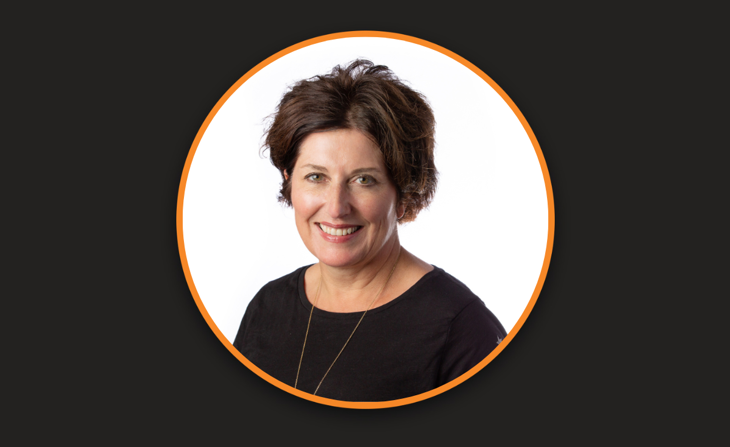
Mary O’Connor: Insurers need to spend more time with their partners – particularly the risk arms – to better understand the risks they face. Over time, that long-dated risk understanding will boost returns.
For example, credit risk is underutilised. If you think about it, we insure hurricanes all day long despite the fact that there are lots of them and they’re hard to predict; credit, however, can be understood. If you can understand loan portfolios or the underlying assets that are being lent, you can create an opportunity here.
There is also a move to private assets. This means that insurers need to be more comfortable in this area – and the P&C arms of insurance companies can provide key information here. It comes back to liquidity and how to boost it whilst still enabling people to invest in long-dated assets.
"Insurance needs to understand that capital can be optimised
across many phases of the investment cycle."
We also need to use insurance more creatively to boost returns and reduce exposures. One example would be making non-bank financing into a green energy project – which is something insurance can help with. It could provide capital relief to reduce risk weighting that is a result of halting it or concentration risk.
You could use insurance in fiscal support as many of these projects are more profitable or sustainable on the back of government tax policies or other governmental investment support. Because there’s a concern about longevity and durability, insurance can tap into that and protect against the downside risk of, for example, green technology not working.
Insurance can be used to ensure that investments are resilient – however, it needs to understand that capital can be optimised across many phases of the investment cycle.
Mary: The funds sector and debt financing are growing, and secondaries are expanding dramatically. We work in the secondary market with warranties and indemnities insurance, which is a well-understood product.
There aren’t a lot of calls about secondaries when it comes to capital, which surprises me. However, I think there will be more interest as people begin to better understand insurance capabilities because the same liquidity and interoperability challenges persist around these transactions, which – if used and understood properly – insurance could support.
Mary: The biggest trend is capital allocation. Right now, the capital that insurers are allocating to credit risk is small but could be expanded. It needs to be done carefully, though, because insurers don’t typically want to write risks they don’t understand – which is fair.
"There are people in the industry asking the right questions, so we should be
able to expand the amount of deliverable capital."
The second important trend concerns talent. The industry needs to invest in talent to better understand these risks – but, when it does, a new world will be opened up because over the long-term insurance capital is more efficient.
We need to understand the specific risks that are being insured against, not only the systemic risks. There are people in the industry asking the right questions, so we should be able to expand the amount of deliverable capital.
Mary: The biggest challenge in the insurance market is raising capital and being willing to use it – as well as investing the time and energy to understand the risks for sustainable and efficient deployment.
"One of the issues is that there is too much general discussion, rather than a focus on the specific areas that could be successfully transformed."
There’s an enormous amount of insurance capital is locked up, which could be beneficial to society. We need investment in affordable housing, social housing, build-to-rent housing, green infrastructure, and general infrastructure support in the UK and elsewhere.
One of the issues is that there is too much general discussion, rather than a focus on the specific areas that could be successfully transformed. The key areas of concerns for me are: the green energy transition, green infrastructure projects (for example, moving away from carbon-fuelled cars), and housing.
If we spoke more specifically about these issues, we would see quicker progress.
We also need to look at realigning regulations or policies around these opportunities. The insurance investment community is a powerful force – and we need to band together to make change happen. Everyone has an interest in reducing systemic risk whilst improving the interoperability of these capital buckets.